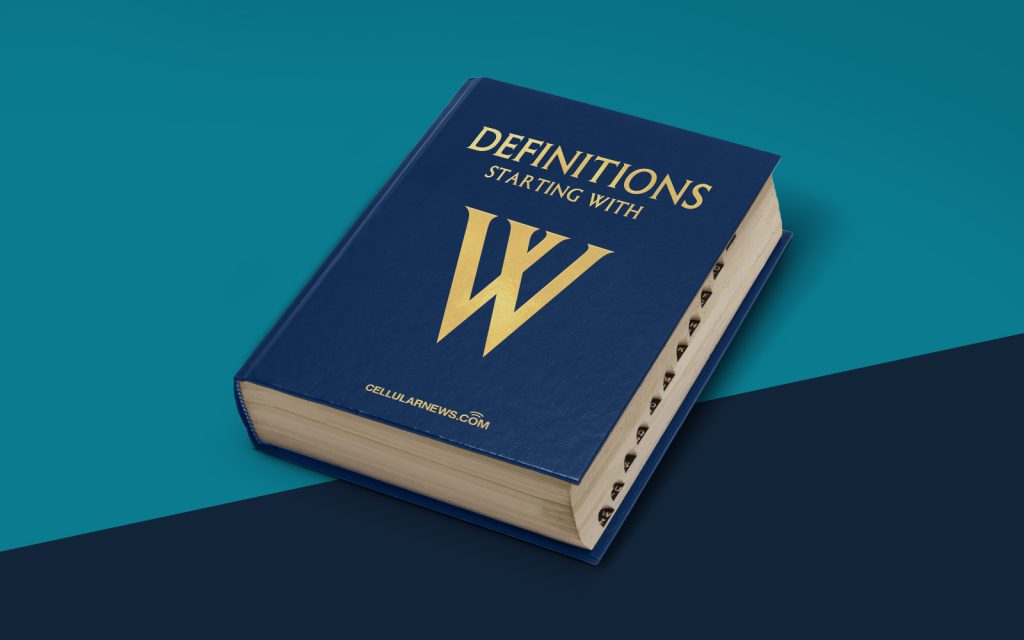
Introducing Web4: A Breakthrough in Internet Technology
As technology continues to evolve at a rapid pace, so does the internet. Over the years, we have witnessed the transition from Web1 to Web2, and now, the emergence of Web3. But what lies beyond that? Enter Web4, the next frontier in internet technology. In this blog post, we will delve into the definition of Web4, explore its key pillars, and compare it with its predecessor, Web3.
Key Takeaways
- Web4 is the next generation of internet technology that aims to enhance the user experience and further decentralize the web.
- Key pillars of Web4 include artificial intelligence, virtual reality, blockchain technology, and enhanced privacy.
Defining Web4
Web4, also known as the Semantic Web, is an advanced iteration of the internet that builds upon the principles of Web3. It takes interconnectivity and user experience to a whole new level by combining various technologies to create a more intelligent, immersive, and decentralized web.
Key Pillars of Web4
1. Artificial Intelligence (AI): AI plays a significant role in Web4 by enabling machines to understand and interpret data more effectively. With AI-powered algorithms, the web becomes smarter, providing users with personalized and contextually relevant experiences.
2. Virtual Reality (VR): Web4 embraces VR technology to create immersive online experiences. By integrating VR into the web, users can explore virtual worlds, interact with objects and people, and immerse themselves in entirely new realities.
3. Blockchain Technology: Building upon the foundation laid by Web3, Web4 incorporates blockchain technology to enhance security, transparency, and decentralization. Blockchain ensures user privacy, prevents data manipulation, and enables peer-to-peer transactions without the need for intermediaries.
4. Enhanced Privacy: Web4 acknowledges the importance of privacy in the digital age. With stricter data protection regulations and advanced encryption methods, Web4 ensures that user information remains secure and in their control.
Comparing Web4 with Web3
While Web3 introduced decentralized applications (dApps) and smart contracts, Web4 takes these concepts further. It integrates AI, VR, and blockchain technology to create a more intelligent, immersive, and secure internet experience. Web4 goes beyond simply connecting people and focuses on understanding their preferences, providing them with personalized content, and ensuring the privacy and security of their data.
Key Takeaways
- Web4 combines AI, VR, blockchain technology, and enhanced privacy to create a more intelligent, immersive, and secure internet experience.
- Web4 builds upon the principles of Web3, taking decentralization and user interactivity to new heights.
As technology continues to advance, the internet evolves alongside it. Web4 represents the next phase in this evolution, bringing together artificial intelligence, virtual reality, blockchain technology, and enhanced privacy to create a more intelligent and immersive web experience. By understanding the definition and key pillars of Web4, we can better grasp its potential impact on the way we interact with the internet. So, buckle up and get ready to embrace the exciting possibilities of Web4!
